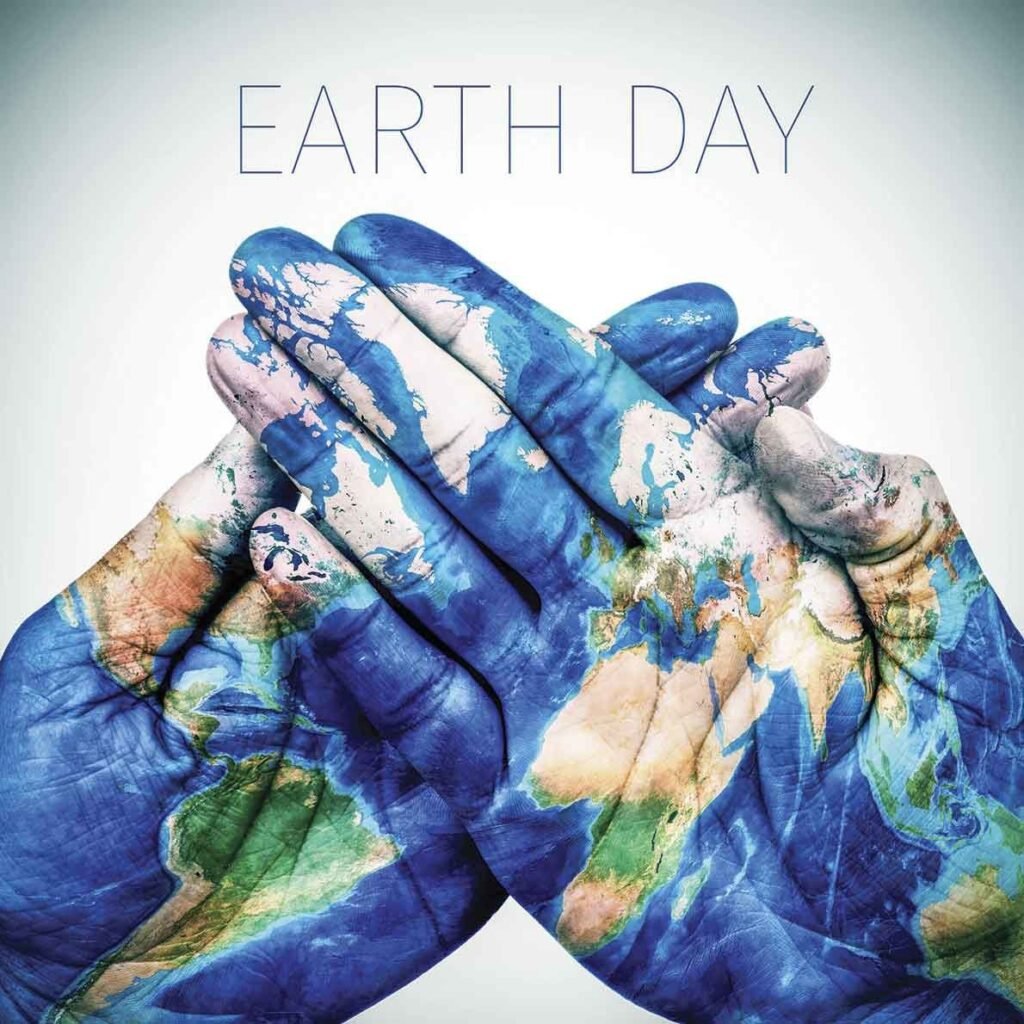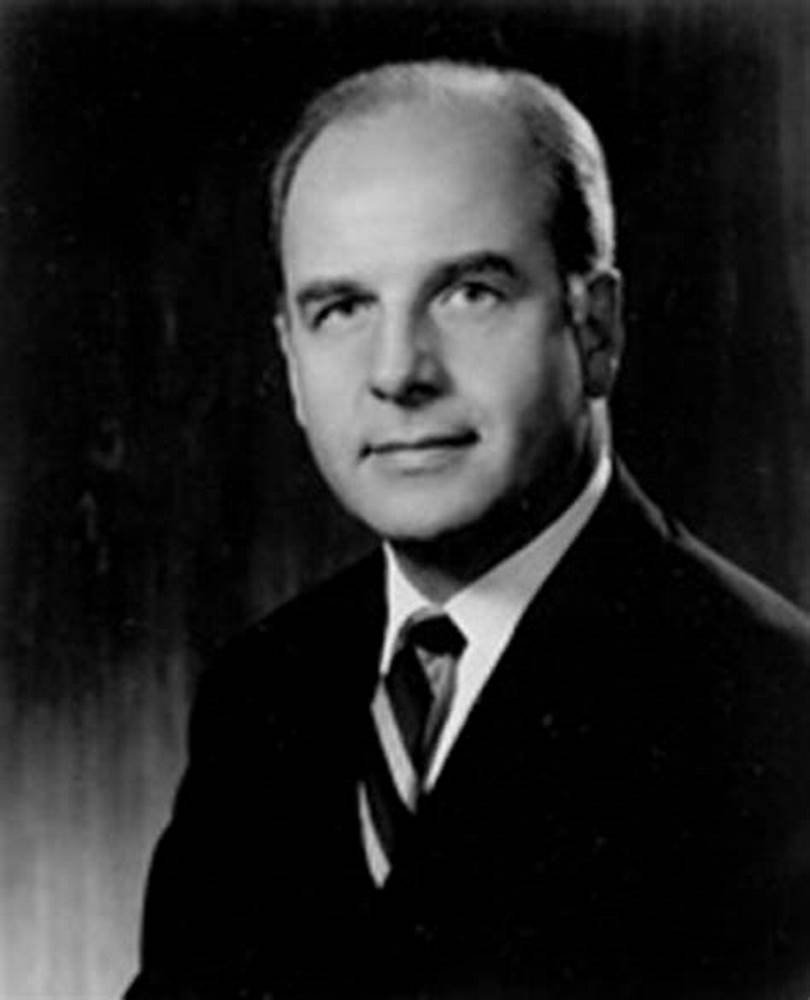Every April 22, Americans across the country come together to say “Happy Earth Day” – a phrase that means far more than a seasonal greeting. It marks a powerful moment in history when a single idea sparked a nationwide movement that transformed environmental awareness in the United States.
This year, Earth Day turns 55. As communities host events, clean up neighborhoods, and advocate for sustainable practices, it’s worth revisiting how it all began – and what it means for our future.
A Senator’s Vision Becomes a National Movement
Earth Day was founded by Gaylord Nelson, a former U.S. senator and governor of Wisconsin. Nelson was a champion of conservation long before environmentalism became a mainstream cause. Frustrated by political inaction and galvanized after witnessing the devastating 1969 oil spill off Santa Barbara, California, Nelson had an idea.

Inspired by anti-war teach-ins on college campuses, he proposed a national day focused on environmental education. April 22, 1970, was chosen to ensure maximum student participation, and what followed exceeded anyone’s expectations. An estimated 20 million Americans took part in rallies, demonstrations, and grassroots activities to express their concerns about pollution and ecological degradation.
It was a moment that changed everything. Earth Day helped usher in the creation of the Environmental Protection Agency (EPA) and led to critical legislation like the Clean Air Act and Clean Water Act.
Why Earth Day Still Matters in 2025

Fast forward to today, and “Happy Earth Day” remains a timely and meaningful message. While we’ve made undeniable progress, the global climate crisis underscores how much work still lies ahead.
Tia Nelson, the founder’s daughter and an environmental advocate herself, reminds us of her father’s original call for “an environment of decency, quality, and mutual respect.” She also echoes his enduring challenge: “Are we willing?”
This year, that question resonates deeply. While some national policies stall, much of the meaningful action is happening at the local level. Cities and small towns across the U.S. are stepping up. In southern Wisconsin, for example, the Juda School District has installed solar panels on school buildings—a quiet but powerful contribution to reducing carbon footprints.
Municipalities, not just major metropolises, are proving to be crucial players in climate resilience. As Paul Robbins of the Nelson Institute for Environmental Studies points out, these small-scale efforts, multiplied across thousands of communities, can create real momentum.
Looking Beyond the Choir
One of the current challenges, says Tia Nelson, is expanding the environmental conversation. It’s no longer enough to preach to the converted. Reaching broader audiences, including those who may not yet see environmental protection as a personal priority, is essential.
That means meeting people where they are—whether through education, local projects, or highlighting the cost-saving benefits of green technology. What once seemed idealistic is now practical, and in many cases, economically advantageous.
A Legacy to Protect
Saying “Happy Earth Day” today is both a celebration and a reminder. It honors a movement that began with one man’s determination to change the course of history, and it acknowledges the continued commitment needed to protect the planet for future generations.

So this Earth Day, let’s reflect, take action, and inspire others to do the same. Whether you’re planting a tree, joining a cleanup, or simply starting a conversation, you’re part of the solution.
Here’s to making every day feel like a Happy Earth Day – not just today, but all year long.
